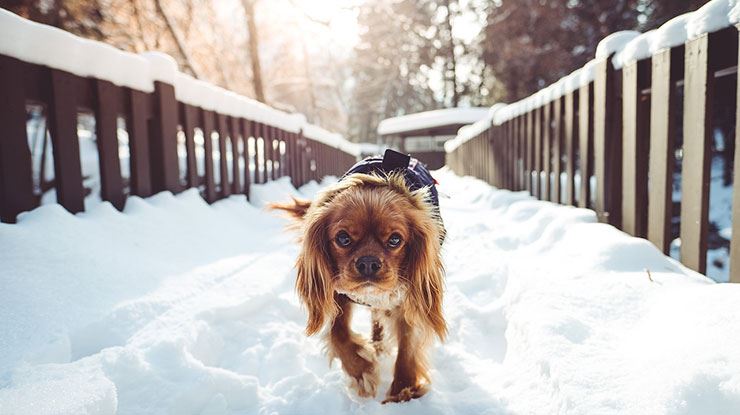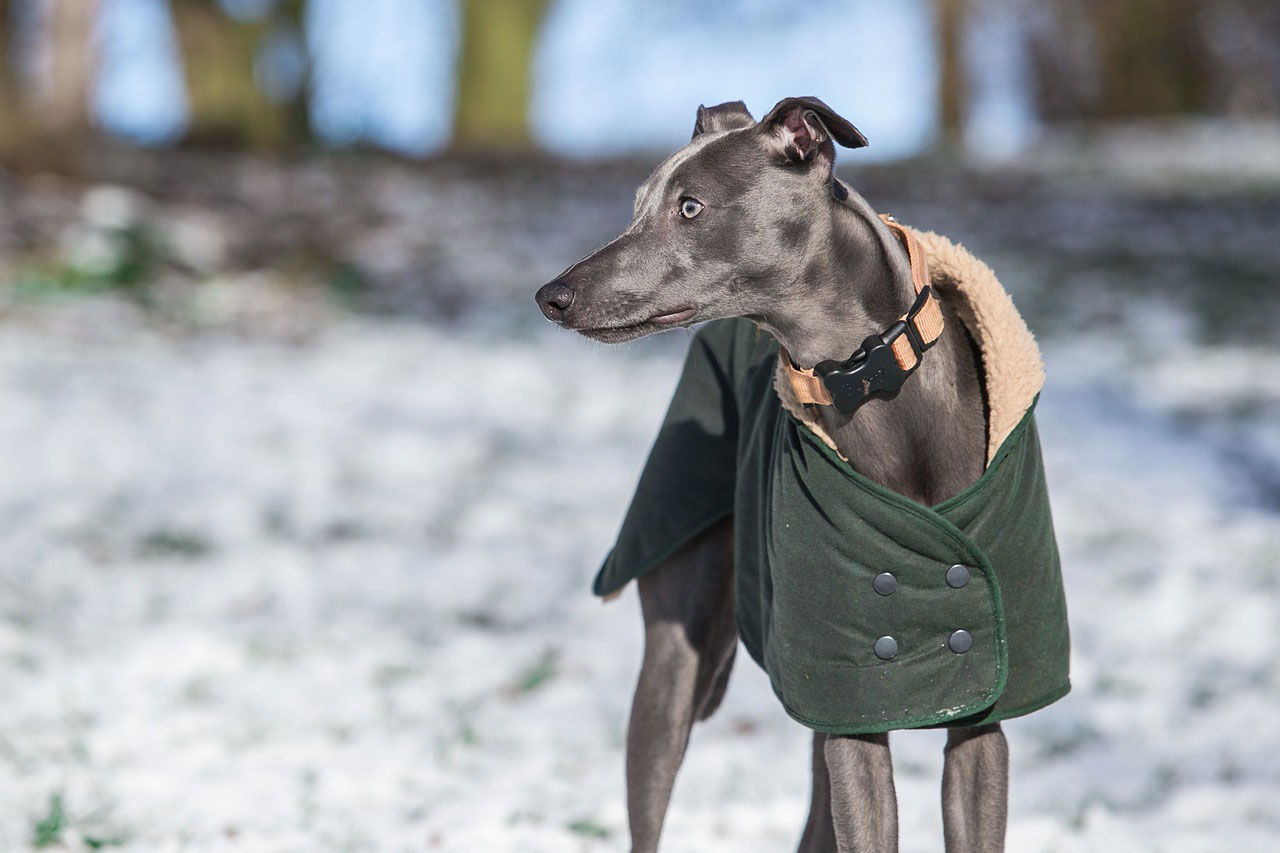
Ensuring Your Home is Dog-Friendly All Winter
Many people consider their dogs to be members of the family. Rain, sleet, or snow, keeping your dog comfortable throughout the year is the least you can do for your furry friend. Unfortunately, while we certainly tend to talk to our dogs, they can’t talk back, and because of this it can be hard to tell exactly what your dog needs from you. Here are just a few tips to help keep your dog happy and healthy throughout the cold winter months.
Winterizing Your Home
Keeping your pet safe outdoors during winter is a struggle all on its own. Getting your dog into a winter sweater is often easier than it sounds, and strapping boots onto their little paws can lead to sad stares from your dog, still slightly unsure of how to walk with the new additions. While these safety measures are relatively straightforward, it can be hard to remember that you need to keep your dog warm even inside your home.
The first thing you should consider when cold weather hits is to begin winterizing your home. Drafts, poor insulation, and old windows can all sap the warmth from your home and the money from your wallet in heating bills. Not only does winterizing your home ensure that you and your dog will be comfortable, but it can save hundreds of dollars on your gas and electric utility bills. Many of the options for winterizing your home are incredibly inexpensive and easy to put into place, from sealing ducts, re-caulking windows, and even tracking down drafts and placing a rolled up towel in front of them.
Animals like dogs and cats have a harder time regulating their body temperature than you do, so it is important to keep your heater at the right temperature for both you and your pets. Pay attention to your dog when you bring her inside, and her behavior can help you figure out if you need to turn the heat up or down. Dogs pant to keep themselves cool, but panting does not necessarily mean that your dog is too hot. Excessive panting that doesn’t abate after a short period means that she’s most likely too hot and needs some help cooling down. Dogs have a body temperature slightly higher than humans, but a good rule of thumb is that if you’re comfortable with the room’s temperature, then your dog probably is as well.
Making Sure Your Dog is Warm Enough
When your dog tracks snow into your home, it’s more than just a mess that you have to clean up. Though you have to deal with wet floors, a wet coat can prevent a dog from properly warming up after a jaunt in the snow. Long coats can hold water, ice, and mud, so it is important to help your dog out by wiping her coat down when she comes inside, or even give her a warm bath if she’s too dirty.
If you’re concerned about heating bills throughout the winter, you can turn the heat down and still have a comfortable dog. As long as you provide enough warm blankets for your furry friend and don’t mind a bit of cuddling, you can keep your thermostat pretty low. However, it can take your home a while to heat up, so resist the temptation to shut the heat off if you and your pooch go on vacation. Keeping the thermostat set at 55 degrees or higher at all times not only reduces the time it takes for your house to warm up, but it will also prevent your pipes from freezing and causing costly damage to your home.
Dogs with short coats can require a bit more attention than their shaggier counterparts. Short-haired dogs have a harder time retaining and regulating heat, so providing them with dog sweaters can help them stay warm by doing what their coat can’t. As an added bonus, you get to dress your dog up in super cute sweaters, and who doesn’t love that?
The Dog House Can Still be Comfortable
However, not everyone resides in areas that see frigid temperatures or the ice and snow that come with them. These lucky people have the ability to let their dogs live outside in a dog house year-round with no real worries about their safety. But, even if you live in more temperate areas and experience relatively mild winters, you can make an effort to ensure that your outside dog feels just as warm and comfy as any inside dog.
Keeping a dog house warm in the winter doesn’t take too much effort, and your pup will appreciate it. Placing the house so that it is sheltered from the wind is an easy way to keep things a bit more toasty, and adding extra insulation to your dog’s house will help her to use her body heat more effectively in warming it up. You can also easily install heated mats or incandescent heat lamps in the dog house, provided you take extra safety precautions, like making sure there aren’t any cables laying near standing water and that there is enough room to place a light bulb without your dog coming into contact with it.
Whether you live in sunny California or the frigid plains of North Dakota, you can still spoil your outside dog in style with a next-level dog kennel. While the idea of a dog house or kennel often conjures up a small wooden shelter or chain link dog run, dogs now have the option to live the high life in customized, beautiful kennels. Fully enclosed, these barn-style kennels provide protection from all the elements, and as a plus, many also function as a workshop that you can use as well.
Your dog brings you joy every day, and you are her protector just as much as she protects you. Ensuring that your dog is happy, warm, and healthy during winter isn’t especially difficult, but many dog owners can overlook how important it can be. Just remember to keep your dog warm and dry, and she will show you all the love in the world in return.










